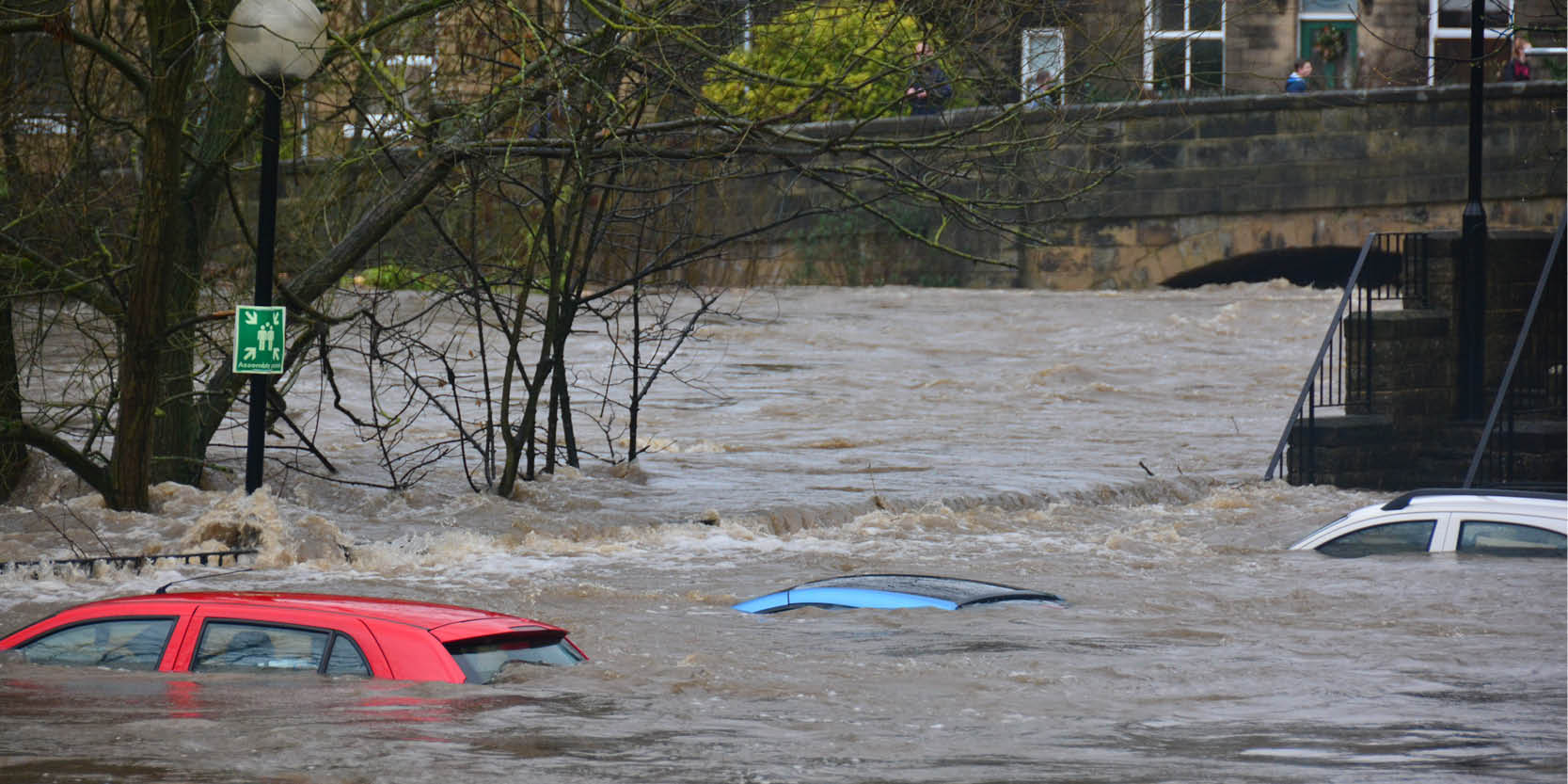In This Section
- Home
- About the College
- Governance
- College Committees & Steering Groups
- College Assembly
- College Council
- College Executive Management Committee
- College Academic Programmes and Curriculum Development Committee
- College Graduate Studies Committee
- College Research & Innovation Committee
- College Teaching Learning and Student Experience Committee
- College Student Recruitment and Outreach Committee
- College Sabbatical Research Leave Committee
- College of SEFS Adjunct Appointments Committee
- International Education Committee
- College Postgraduate Student Committee
- Athena SWAN Steering Group
- College Committees & Steering Groups
- Human Resources
- UCC STEM Awards
- Scholarships and Prizes
- Women in STEM Panel Talks
- Inaugural Professorial Lectures
- Athena SWAN in SEFS
- Proposal Calls
- Contact Us
- Science in Society Public Lecture Series
- Governance
- News
- Staff
- Schools and Departments
- Current Students
- Undergraduate Courses
- Postgraduate Courses
- International Students
- Research and Innovation
- Employability and Careers
- Outreach and Public Engagement
- Science Week
- Transition Year Programmes
Mathematicians find that rate of change in climate as dangerous as reaching critical warming levels

The rate at which Earth approaches critical levels of climate change could be as dangerous to our future as reaching these levels themselves, researchers have determined.
A recent paper by mathematicians at University College Cork and the University of Exeter in England, has found that our ability to adapt to global warming will be impaired if the rate of change is too rapid. Approaching critical levels at a too fast rate of change will create new rate-induced tipping points, researchers have found.
This, in turn, will impact our capacity to meet the challenges posed by tipping points since tipping will occur earlier than expected.
Until now, critical levels have been assumed to be a point of no return, but the new study concludes that dangerous rates of change could trigger irreversible shifts in human and natural systems even before these critical levels are reached.
The new study highlights the dangers associated with rate-induced tipping, which is triggered not by a critical level of change but instead by how quickly that level is approached.
For example, a slower or more gradual approach towards a critical level of climate change will allow humans, animals, and ecological systems more time to adapt and survive the outcomes once this level is reached. However, a more disruptive rapid approach risks the survival of species even before a critical level is reached. This disruption to ecosystems will, in turn, create new challenges and new tipping points in socio-ecological networks through so-called domino effect.
The research team say the rate of change in anthropogenic forcing is often more important to control, than the peak change, if we are to avoid triggering tipping points.
Joint lead author, Dr Hassan Alkhayuon, from the School of Mathematical Sciences, University College Cork, said:
“The phenomenon of rate-induced tipping is not restricted to climate systems. Using mathematical modelling we observe similar effects in ecosystems and human-made systems."
Another example of rate-induced tipping was the near-miss blackout in England during the 1990 World Cup semi-final, as Dr Alkhayuon explains.
“When England played West Germany, the National Grid was prepared for a surge in demand at full time. What they didn’t prepare for was the game going to extra time, then penalties. So, when the equivalent of one million kettles were turned on all at once there was a huge surge in demand on the grid and a near miss. It wasn’t that the capacity wasn’t there – the problem was that at that moment in time the grid was not prepared for a sudden surge.”
Professor Sebastian Wieczorek from the School of Mathematical Sciences, University College Cork, added:
“Rate-induced tipping captures a ubiquitous and potentially dangerous instability -- failure to adapt to changing external conditions -- and thus requires deeper understanding and recognition by climate policy makers.”
Joint lead author Dr Paul Ritchie, of Exeter's Global Systems Institute and the Department of Mathematics and Statistics, said:
"Whilst the latest Intergovernmental Panel on Climate Change 6th Assessment Report rightly highlighted the urgency to limit global warming levels, it fell short of identifying the rate of warming as a key risk factor for climate tipping points."
“This rate-induced tipping may be of even greater concern because of the unprecedented rates of global warming and heatwave intensity we are currently experiencing.”
College of Science, Engineering and Food Science
Coláiste na hEolaíochta, na hInnealtóireachta agus na hEolaíochta Bia
Contact us
Block E, Level 3, Food Science Building, UCC, Cork, T12 YN60.
